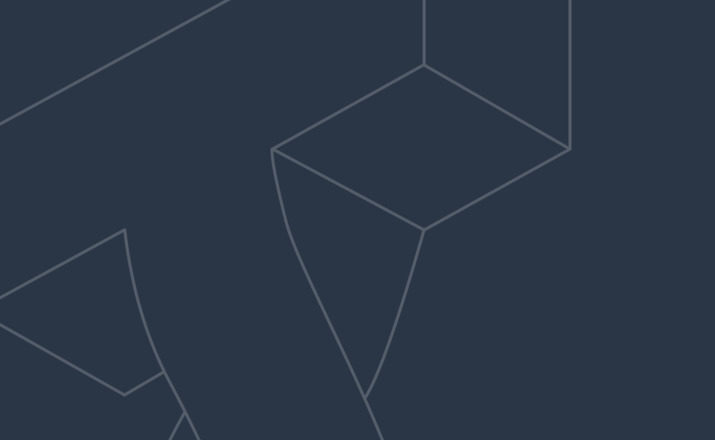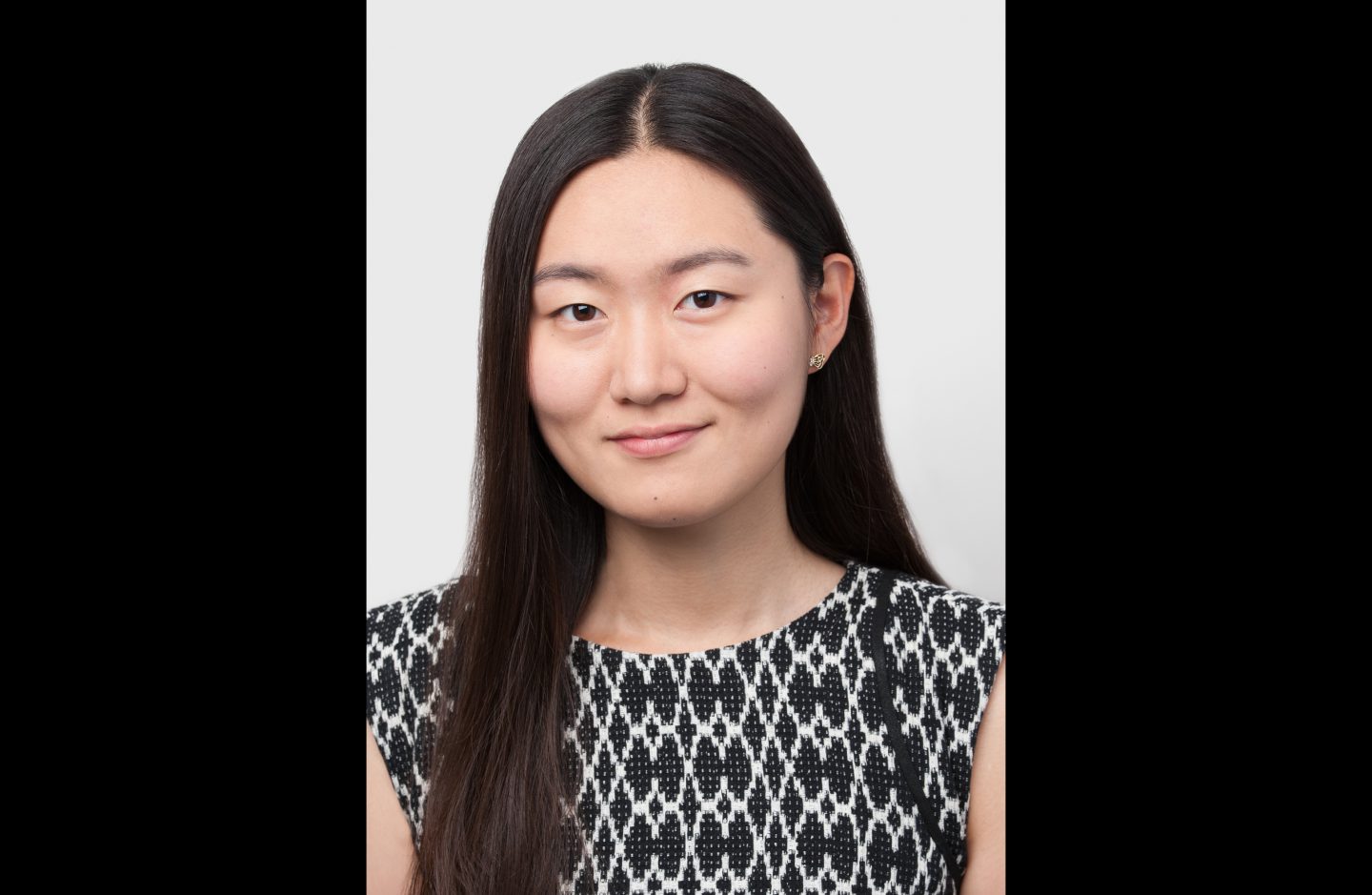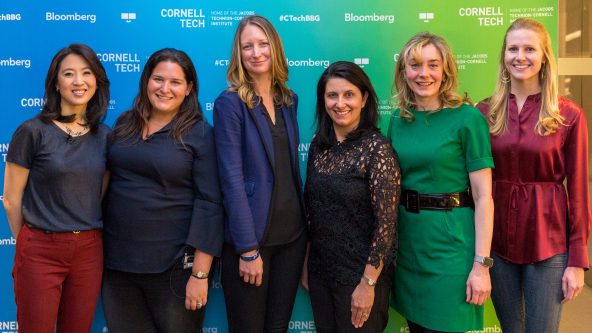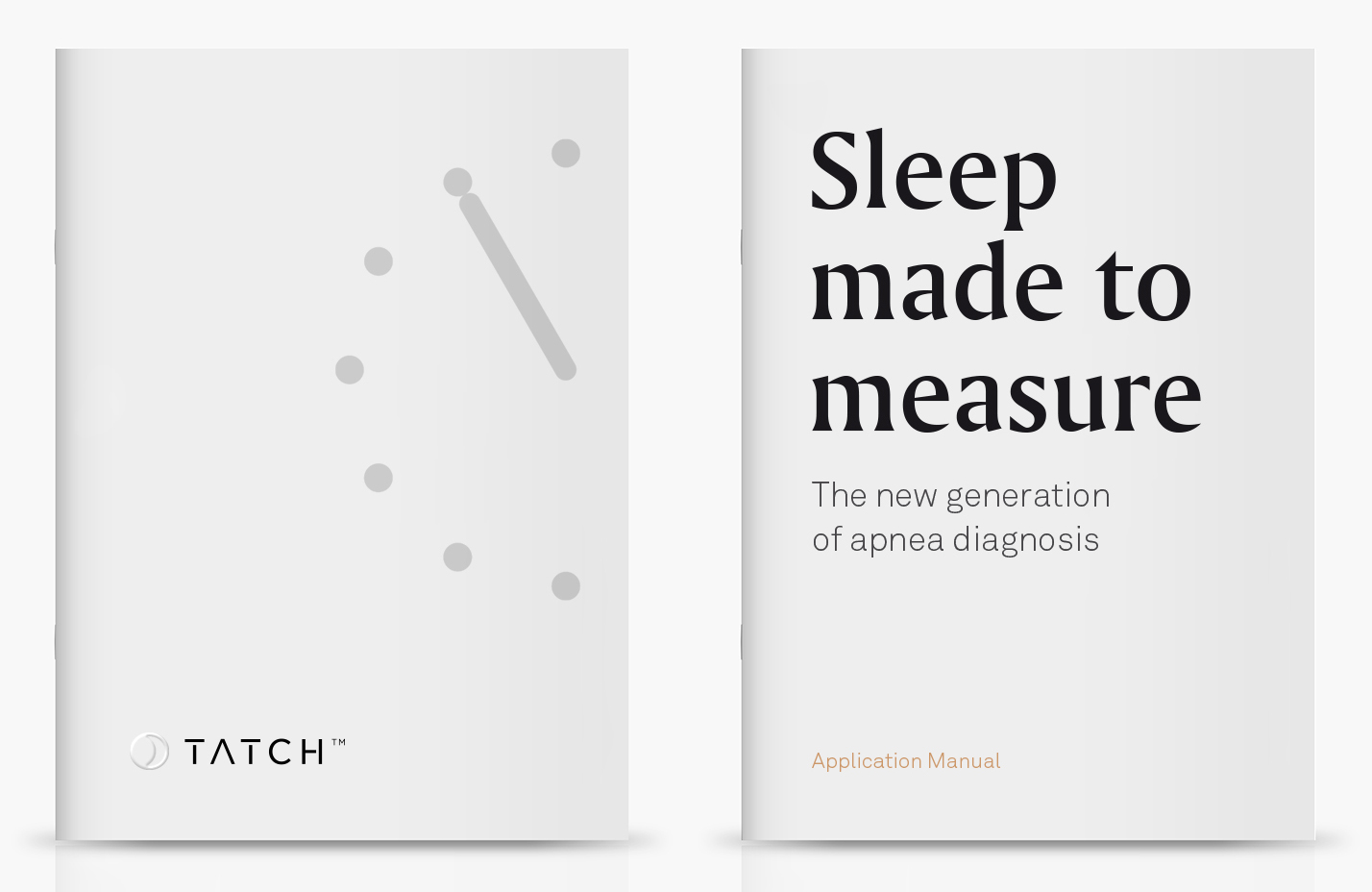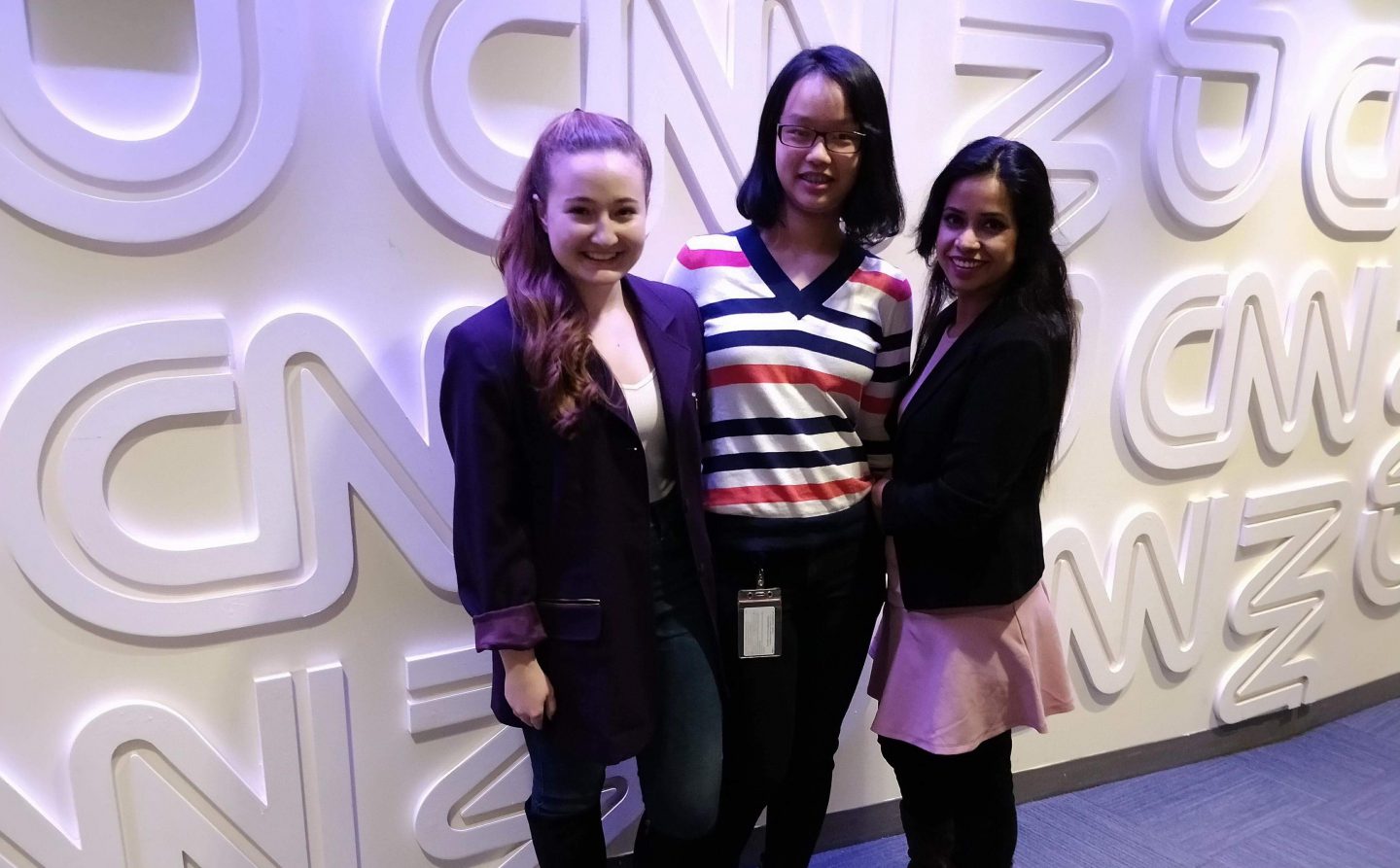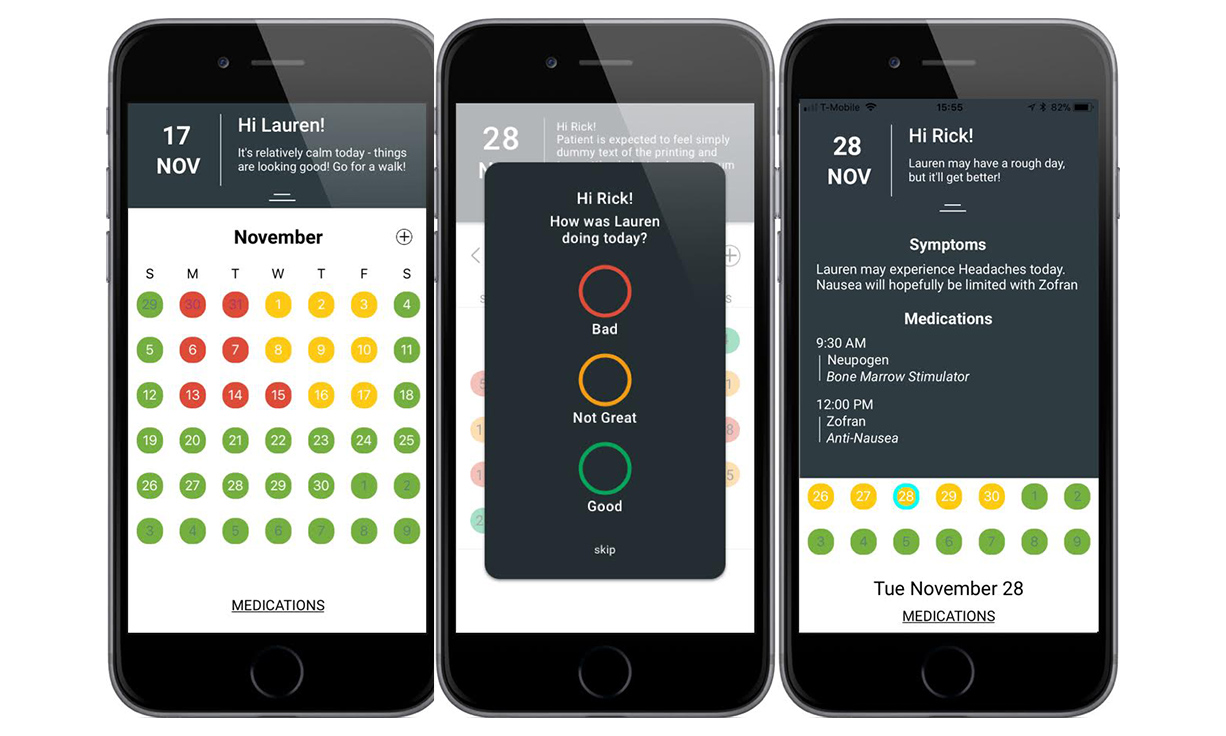April 9, 2018
Author: barreladmin
April 2, 2018
PhD Profile: Xiao Ma
March 30, 2018
LISTEN: Wendy Ju on Design Everywhere Podcast
March 22, 2018
Cornell Tech Professors Win Google Faculty Research Awards
March 13, 2018
Cornell Tech @ Bloomberg: Women In Venture Capital Panel
March 6, 2018
Students Build Products For Real Users
February 27, 2018
Winternship Recap 2018
February 26, 2018
